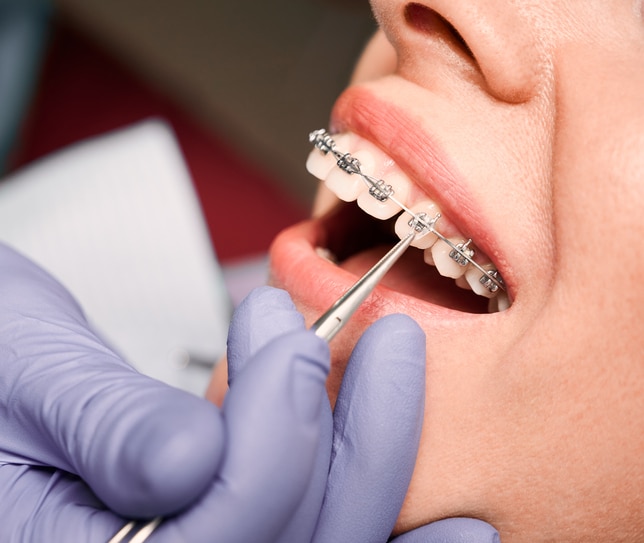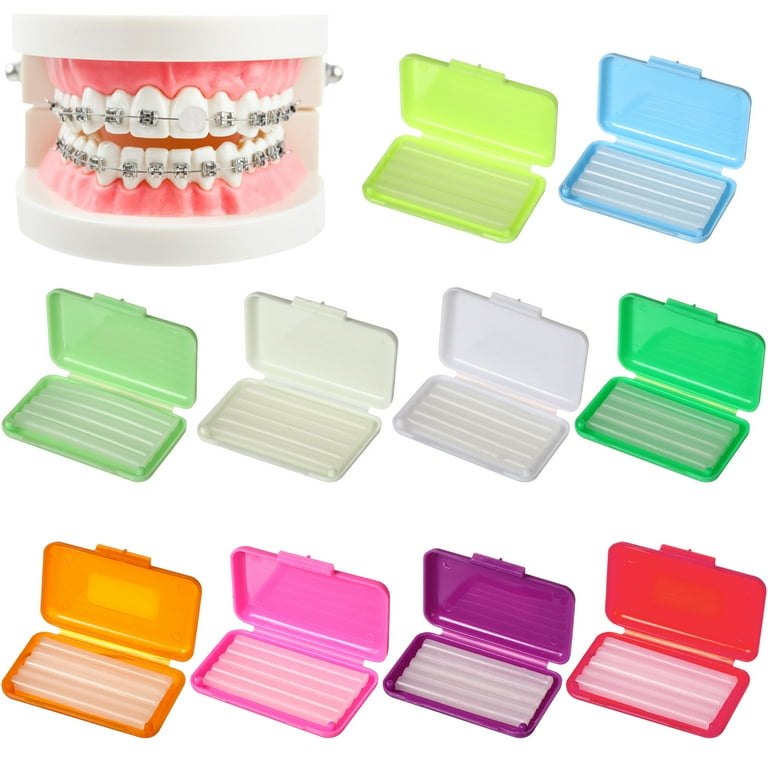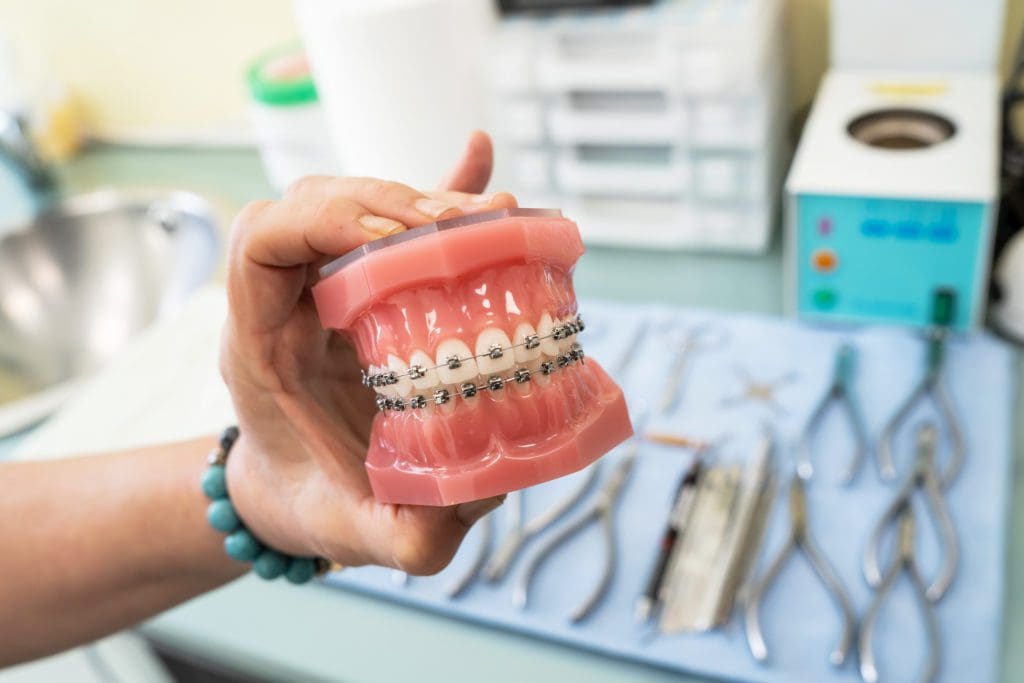Comprehensive Guide to Orthodontics Treatments for Fixing Dental Misalignments
Understanding the complexities of each procedure, including their systems, benefits, and prospective disadvantages, is critical in making informed choices regarding one's orthodontic therapy. As we browse with the detailed guide to orthodontic procedures for correcting oral misalignments, the detailed information of each technique will unravel, losing light on the path towards a useful and unified oral positioning.
Orthodontic Procedures Summary

Along with traditional dental braces and clear aligners, orthodontists may also recommend various other interventions like headwear, palatal expanders, or retainers to deal with details positioning concerns (orthodontist). These treatments are tailored to every person's distinct demands and may entail a combination of treatments to attain the desired outcomes. Regular modifications and surveillance are critical components of orthodontic therapy to make sure progress gets on track and to make any type of necessary alterations along the method. By undergoing orthodontic treatments, individuals can not just accomplish a straighter grin yet also improve their overall dental health and function.
Conventional Braces: Exactly How They Function
When taking into consideration orthodontic therapies for oral imbalances, standard dental braces stand out as a reliable approach for fixing teeth positioning. Traditional dental braces consist of braces, wires, and bands that collaborate to use continuous stress on the teeth, slowly relocating them into the wanted positioning. The braces are affixed to the teeth making use of an unique adhesive, and the wires are threaded via the braces. By readjusting the tension of the cords, orthodontists can manage the direction and pressure used to each tooth, assisting them right into appropriate positioning over time.
As stress is applied to the teeth through the braces, the bone bordering the teeth is improved to sustain the new tooth positions. Patients will need normal modifications at the orthodontist's office to guarantee the braces proceed to apply the appropriate stress for effective teeth movement.
Unnoticeable Aligners: Disadvantages and pros
These clear, personalized trays are essentially undetectable when used, making them an attractive option for people looking for a much more aesthetically pleasing orthodontic therapy. Clients can remove the aligners prior to eating or brushing their teeth, lowering the danger of food getting stuck in the device and streamlining the cleansing process.

Surgical Orthodontic Options
Surgical interventions in orthodontics present viable choices for dealing with complicated dental misalignments that may not be effectively dealt with with traditional orthodontic treatments. While invisible aligners and typical dental braces can deal with lots of orthodontic problems, specific cases require medical treatment to accomplish ideal outcomes. Surgical orthodontic choices are normally advised for extreme malocclusions, significant jaw discrepancies, and cases where the underlying bone framework needs modification to achieve proper positioning.
One common surgical orthodontic procedure is orthognathic surgical treatment, which involves repositioning the jaws to fix practical problems such as problem chewing or speaking. This surgical treatment is typically performed in cooperation with an orthodontist who aids straighten the teeth prior to and after the procedure. Surgical orthodontics might additionally include procedures to reveal influenced teeth, eliminate excess gum cells, or improve the jawbone to produce a more unified facial profile.
Before taking into consideration medical orthodontic choices, individuals go through a thorough analysis to identify the necessity and potential benefits of such interventions. cumming aligners. While surgery might appear complicated, he said it can substantially enhance both the function and looks of the smile in situations where traditional orthodontic treatments drop short
Retainers and Post-Treatment Care

Post-treatment care entails following the orthodontist's instructions diligently. This may include appropriate dental hygiene methods, participating in follow-up appointments, and using the retainers as prescribed. Failure to abide by post-treatment care instructions can lead to regression, where the teeth progressively return towards their initial positions. Constant retainer wear, good oral health, and routine oral check-ups are crucial for keeping the results accomplished through orthodontic surgical procedure and making sure the long-term stability of the remedied oral placement.
Verdict
Finally, orthodontic procedures supply numerous alternatives for correcting oral misalignments. Traditional dental braces utilize metal brackets and wires to shift teeth into correct placement. Unseen aligners offer a more discreet choice but might not be ideal for all situations. Surgical orthodontic choices are available for more severe misalignments. Retainers are commonly made use of post-treatment to maintain the brand-new alignment. Generally, orthodontic procedures can successfully boost oral health and aesthetic appearance.
As we browse via the extensive overview to orthodontic procedures pop over to this site for fixing oral misalignments, the elaborate information of each method will unravel, losing light on the path toward a useful and harmonious dental positioning. - invisalign
One of the most usual orthodontic treatments is the use of braces, which are composed of steel braces and wires that apply mild stress to gradually move teeth right into the preferred placement.When considering orthodontic treatments for oral imbalances, conventional braces stand out as a reliable technique for correcting teeth placing. Additionally, invisible aligners might not be suitable for complicated orthodontic problems that need even more significant teeth motion, as they are commonly recommended for moderate to modest instances. Retainers are custom-made orthodontic devices developed to hold teeth in their dealt with placements after the conclusion of orthodontic therapy.
Comments on “What Sets Cumming Braces and Aligners Besides Various Other Orthodontic Treatments”